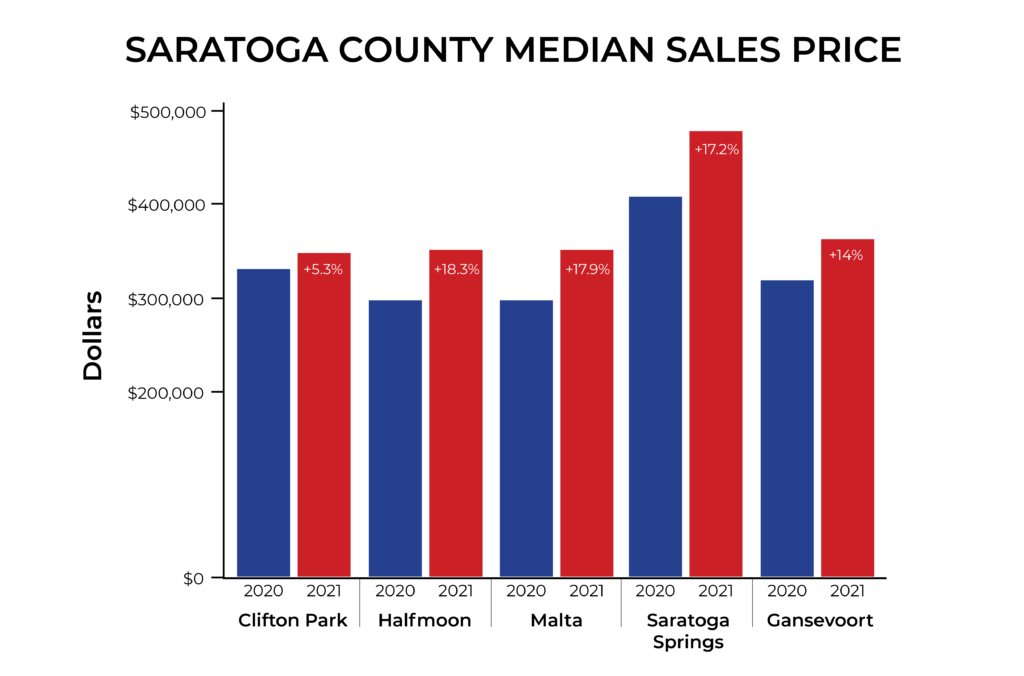What is Web 3.0?

As business owners, managers, and decision makers, we strive to keep up with the latest technologies that might impact our industries. And if you’re a parent, you’re simply trying to keep up with your child’s technological skills.
By now you have probably heard the phrases ‘Web 3.0’ and/or ‘Metaverse,’ the latter being the driving force behind Facebook’s rebranding as ‘Meta.’
To understand Web 3.0, a brief history of the web is helpful.
In 1989 a computer scientist named Tim Berners-Lee created the World Wide Web while working at CERN laboratories. Originally developed to help scientists and Universities share information, in 1991 Berners-Lee released his WWW software to the public.
Enter the age of the modern web…
Web 1.0
This was the first publicly available stage of the internet.
The main goal during web 1.0 was to connect people to information, but there were very few content creators at that time.
Also, almost all websites were static vs. dynamic, and they were read only.
To the delight of everyone, during this period the first search engines went online, allowing users to search the web for information as opposed to typing in the specific URL address.

Web 2.0
Welcome to age of amateur content creators!
What began as simple blogs, quickly transformed into global media giants such as Facebook, YouTube and Instagram.
As mentioned above, web 1.0 connected people to information, but web 2.0 connected people to people.
During this period, we also saw the creation of apps and platforms, such as WordPress and Squarespace, which enabled the self-creation of websites.
The internet truly became mainstream during web 2.0, now hosting 1.8 billion websites.
Website Timeline
| Year | # of Websites |
| 2021 | 1.8 billion |
| 2011 | 346 million |
| 2001 | 29.5 million |
Web 3.0
What web 3.0 will look like depends on who you ask, but the general idea is the implementation of decentralization and artificial intelligence. Say goodbye to mega-corporations controlling your data, owning your information, and surveilling your habits.
Just as decentralized crypto currencies are disrupting finance, web 3.0 will be a disrupter of the internet as we know it.
When referring to a decentralized version of the internet, it means that data storage will be handled by millions of computers linked together worldwide using open-source blockchain networks. This version of the web was originally coined the ‘Semantic Web’ by Tim Berners Lee.
On the artificial intelligence front, to some measure it’s already arrived. When you go on Amazon, advanced algorithms deliver customized shopping suggestions to you. With web 3.0, using superior artificial intelligence, those searches and results will be more powerful and more advanced. Keep in mind Moore’s Law: Gordon Moore’s perception that the number of transistors on a microchip doubles every two years, while the cost of computers is halved.
Also fundamental to web 3.0 is the adoption of Augmented Reality and Virtual Reality. These topics are addressed below in the Metaverse.

Metaverse
Welcome to a new virtual reality where users interact in a
digital world.
In this new world you will no longer search for your favorite clothes online in a 2-dimensional format using drop-down tabs on a website. In the Metaverse, your digital avatar will walk through a 3-dimensional clothing store, browsing aisles and choosing 3-dimensional items from sample racks.
Do you dream of owning a sprawling estate with a handpicked art gallery, but don’t want to handle any of the upkeep or travel to get there? No problem, buy it all in the Metaverse. Simply pay for it with your favorite cryptocurrency, and escape to your virtual world from the comfort of your living room. Everything will get recorded on the blockchain and is yours until you decide to sell, hopefully for a profit! Invite friends over to see your one-of a-kind art collection of NFT’s (Non-fungible tokens) which you exclusively own. For more on NFT’s, be sure to read the Q2 edition coming out on June 15.
Why is This Important…
Disruptive technologies often create new headaches, and new opportunities for business owners. Our job is to leverage these changes while out-thinking and outperforming our competition. Questions we should be asking ourselves:
- What technology investments will be needed to stay competitive?
- Do we need to rethink our short and long-term plans?
- Does this technology create new business categories we can capture before the competition?
- Are we keeping an eye out for new businesses which might be strategic partners or investment opportunities?
These next few years are going to be filled with new challenges and new opportunities. Plan now for the future… Stay vigilant, stay focused, and stay ahead of the competition.








